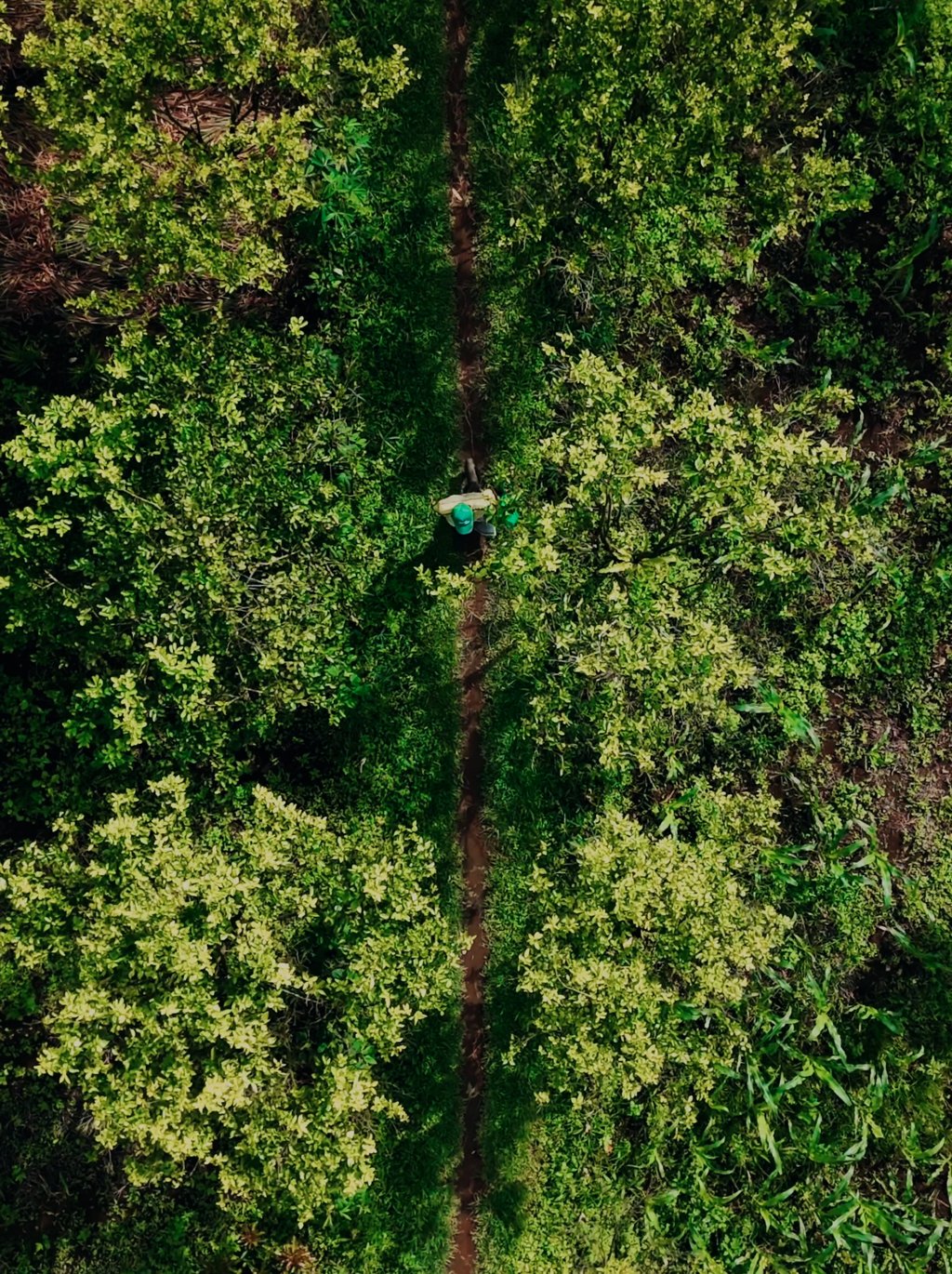Potato Head’s Dome on Bali’s Seminyak coast offers a feast for body and soul
Drawing on Bali’s local bounty and Buckminster Fuller’s philosophy, the resort’s new restaurant Dome is nurturing mind, body and community

There’s a saying in Bali that anything you put in the soil will grow,” says Dewa Ayu Made, as she thrusts a cassava stalk into the ground. We’ve stopped in a small clearing in the heavily forested foothills of Mount Batukaru, the second-highest peak in Bali, as part of a foraging tour from the Desa Potato Head resort. Our mission: to find the ingredients for our dinner later that day at the resort’s newly opened flagship restaurant, Dome. And true to Made’s word, the Bali soil provides.
Since antiquity, the island has been renowned for the volcanic fertility of its soil and the proliferation of medicinal plants and herbs, giving rise over centuries to the traditional medicinal system of usadha.
Indeed, it seems as if everything in Bali is designed to heal the mind and body. As we traipse through the thick overgrowth, Made, a self-styled ethical forager and nomadic cook, points out native plants and botanicals purported to aid every facet of human health. There’s the gotu kola, nicknamed the “brain plant”, the leaves of which are shaped like the outline of a human brain and are known for cognitive enhancement and stress reduction. The redflower ragleaf, a weed with peppery-tasting leaves, is used for wound healing, and according to Made, makes a good pesto. Then there’s the caricature plant, known as don temen, which, when crushed in water and strained, creates a purple loloh, a cure-all remedy drink, to help with fevers, mouth ulcers, inflammation and digestion.
“All the leafing plants in Bali are used for ceremonies, medicine or food,” she explains, having worked at wholefood kitchens across Bali for much of her career.
Along the way Made became acquainted with ancient Balinese wisdom surrounding the cycles of nature, which she combines with modern techniques of regenerative farming to create a model of sustainable food production.
It’s a movement that has been spurred by the loss of 25 per cent of Bali’s agricultural land over the past quarter of a century due to the overuse of pesticides and the conversion of historic rice paddies into more profitable residential and commercial developments.



